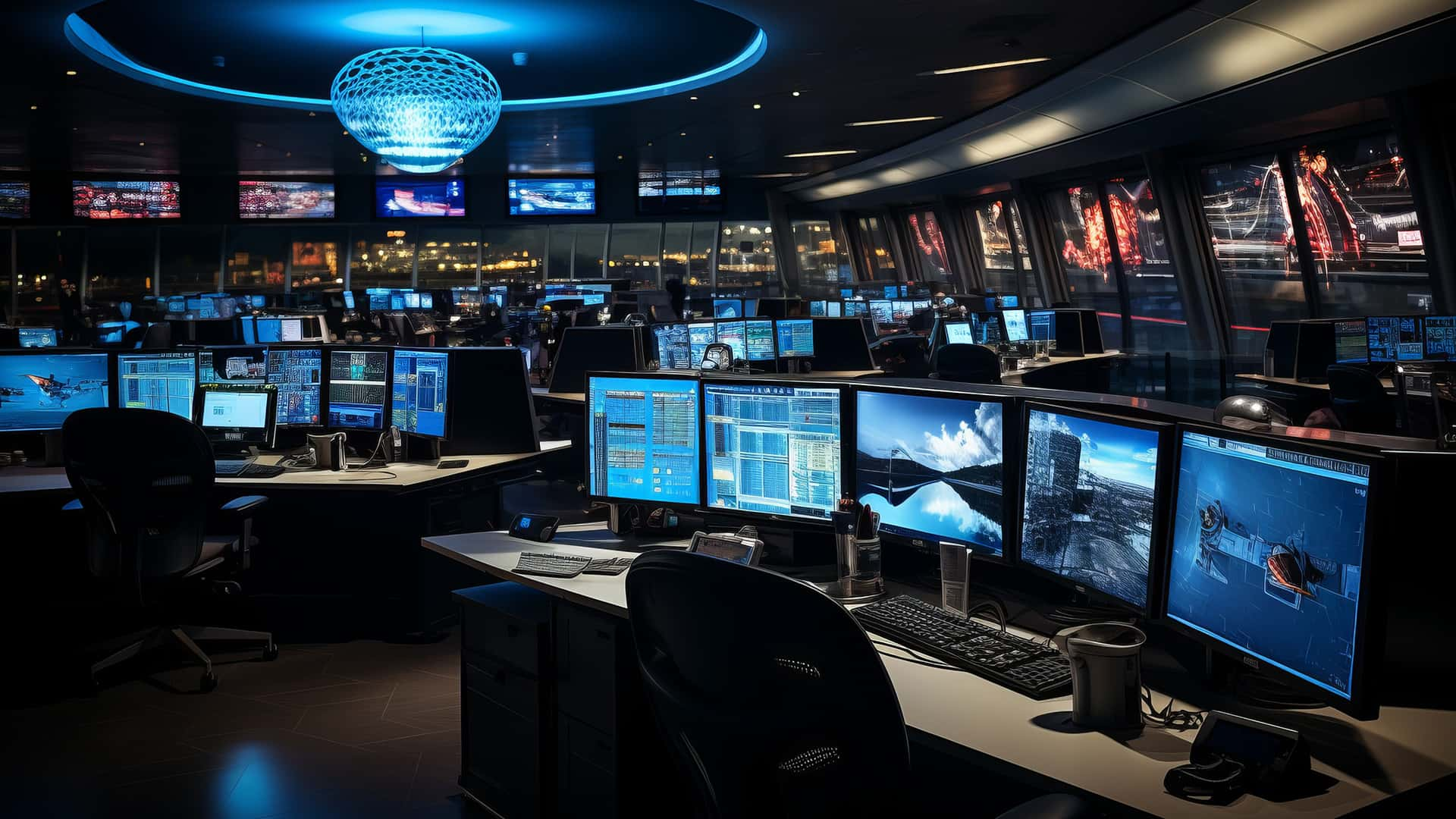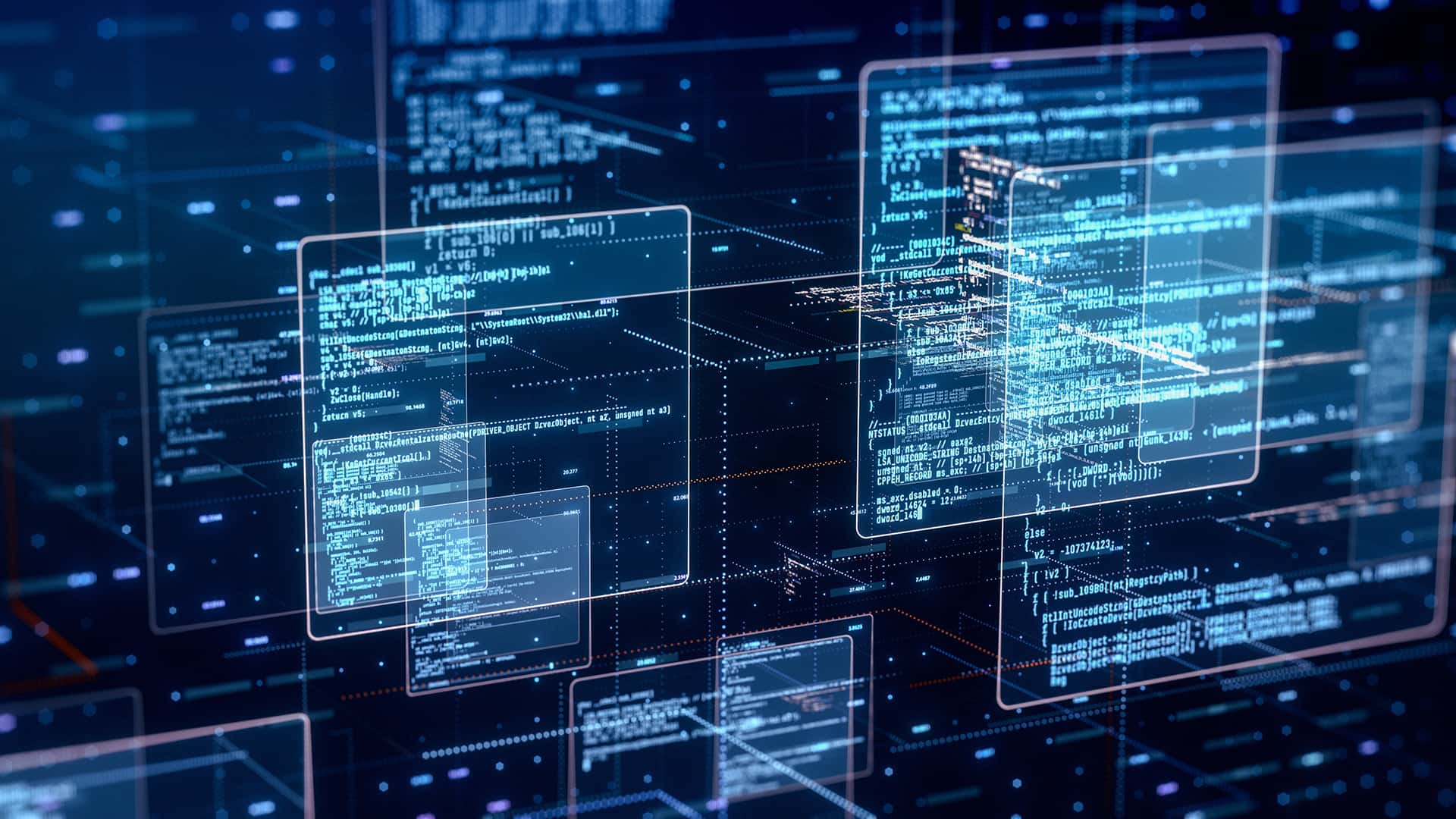The aviation sector is in the midst of a digital transformation, embracing advanced navigation, communication systems, and computerized platforms. Navigational sources, operational publications, and communication tools have all migrated to satellites and digital interfaces, dramatically reshaping the our industry. As aviation becomes increasingly interconnected, it's paramount to address the growing challenge of cybersecurity.

Cybersecurity is now a critical aspect of the aviation industry that focuses on safeguarding the digital infrastructure and technologies integral to the operation, safety, and security of aircraft, airports, and air traffic control systems. It encompasses a broad range of measures and practices designed to protect against cyber threats and vulnerabilities that could compromise the integrity, confidentiality, or availability of aviation systems and data.
Here are some key aspects of aviation cybersecurity:
Rising Threat Landscape:
Aviation is increasingly reliant on digital technologies, including navigation, communication, and flight control systems. This digital transformation has made aviation a prime target for cyberattacks, ranging from hackers seeking to exploit vulnerabilities for personal gain to state-sponsored actors engaging in cyber espionage.
Vulnerabilities in Digital Aviation:
As aviation systems have become more interconnected and reliant on data sharing, the attack surface for cyber threats has expanded. Aircraft systems, air traffic control, airline operations, passenger information, and airport infrastructure are all potential targets.
Types of Cyber Threats:
Cyber threats in aviation can take various forms, including malware, ransomware, phishing attacks, denial-of-service attacks, and data breaches. These threats can disrupt operations, compromise passenger safety, and lead to financial and reputational damage.
Consequences of Cyberattacks:
A successful cyberattack in aviation can have severe consequences. It can lead to flight disruptions, data theft, aircraft systems compromise, and, in extreme cases, potential loss of life. Cyberattacks can also have significant financial and legal ramifications.
Regulatory Framework
Aviation cybersecurity is subject to regulatory oversight from organizations like the International Civil Aviation Organization (ICAO), the Federal Aviation Administration (FAA) in the United States, the European Union Aviation Safety Agency (EASA), and others. These agencies establish guidelines and standards for aviation cybersecurity.
Collaboration and Information Sharing:
Collaboration is crucial in aviation cybersecurity. Airlines, airports, air traffic control providers, and government agencies need to work together to share threat intelligence, best practices, and mitigation strategies. Information sharing helps the industry collectively defend against cyber threats.
Training and Awareness:
Enhancing the cybersecurity skills and awareness of aviation professionals is vital. This includes educating pilots, air traffic controllers, and maintenance crews about the risks and procedures to follow in the event of a cyber incident.
Security by Design:
The aviation industry is increasingly adopting a security-by-design approach. This means that security measures are integrated into the development of new aircraft, airport systems, and air traffic control infrastructure from the outset, rather than being added as an afterthought.
Incident Response:
Having well-defined incident response plans is crucial. In the event of a cyber incident, aviation organizations need to be prepared to detect, respond to, and recover from the attack swiftly to minimize its impact.
International Cooperation:
Cyber threats transcend borders, and international cooperation is essential. Organizations like ICAO play a central role in facilitating global collaboration on aviation cybersecurity standards and best practices.
Execution and Commitment is Required
Commercial airlines now heavily rely on advanced information technology systems to optimize their operations, which includes communication with their fleets. Aircraft design has evolved considerably, featuring onboard networks that manage flight control, navigation, and other vital systems. The operation of both passenger and cargo flights hinges on a vast amount of critical data, essential for ensuring the safety of these operations.

Nonetheless, our increasing dependence on interconnected systems brings with it inherent risks. Cybersecurity breaches pose a serious threat to aviation, given the cascading effects they can have on safety, security, and operational continuity. As we embrace technological advancements, we must simultaneously fortify our defenses against cyberattacks, recognizing that our systems are only as secure as the weakest link in the chain.
Currently, much of the technology in use was developed in an era when aviation systems were isolated from the digital world, rendering them vulnerable to modern cyber threats. Aviation is an essential facet of modern life, and our increasing interconnectivity necessitates a thorough examination of the resiliency of our systems. To confront the burgeoning challenges posed by cyber threats, a significant commitment to investment is requisite to craft a comprehensive and agile strategy.
Universal adherence to global security standards pertaining to cyber threats is imperative. It is vital that a cooperative strategy is developed with the active participation of all stakeholders. The escalating pace and complexity of cyber threats require concerted efforts from states, manufacturers, airlines, air navigation service providers, and other actors within the aviation supply chain.
States should enact coordinated regulations specifying minimum cybersecurity requirements for the industry to meet. These regulations should encompass not just technical measures but also outcome-based criteria. Contingency planning, including training personnel to detect and respond to cyberattacks, should be central to these regulations.
Cybersecurity must be a fundamental consideration across all aviation communication pathways and applications, encompassing ground operations, airborne systems, and space-based platforms. The development of a comprehensive strategy that assigns responsibilities to all stakeholders is pivotal. Given the intricate web of dependencies in modern aviation, it is paramount that cybersecurity becomes a shared responsibility across the entire aviation ecosystem, encompassing regulators, manufacturers, airlines, airports, and air traffic control organizations.
For aviation, safety is paramount, and we have a rich history of addressing risks to ensure they do not culminate in accidents.
It is essential to acknowledge that while technology and processes are instrumental in enhancing cybersecurity, the ultimate solution extends beyond the realm of technology. The human element, involving vigilance, awareness, and the readiness to respond to breaches, is equally critical. In crafting our strategy, we must operate under the assumption that cyberattacks will occur, and we must be prepared with procedures and well-trained individuals to mitigate the risks effectively.
For aviation, safety is paramount, and we have a rich history of addressing risks to ensure they do not culminate in accidents. A unified commitment between governments and industry has been pivotal in making aviation the safest it has ever been. This commitment must be equally applied to the realm of cybersecurity as advanced technologies become integral to every facet of aviation.
Collaboration is the cornerstone of progress. ICAO, states, industry stakeholders, and organizations such as IFALPA and its Member Associations must work in concert to formulate specific strategies to mitigate the risk of harmful cyber-related attacks on civil aircraft. The onus is on us to acknowledge that security systems cannot solely protect and insulate us. Flight crews, potentially on the frontline, must be considered a primary element in mitigating cybersecurity incidents during flight. This requires enhancing pilot education and training to address normal and abnormal system conditions stemming from cyber threats.
We must strike a balance between the traditional caution ingrained in civil aviation and the dynamic demands of an interconnected world. While technology plays a crucial role, a focus on raising awareness among users and operators is equally vital. Monitoring and mitigation capabilities for cybersecurity should be readily available on the flight deck, while states should establish national cyber monitoring and response structures, which encompass aviation within their purview. Physical access to accessible aircraft systems, IT hardware, and software should be secured at all times.
Aviation cybersecurity is continuously evolving to counter emerging threats in an increasingly interconnected and digital aviation environment. Safeguarding the aviation industry from cyber threats requires a multi-faceted approach that combines technology, regulation, training, and international cooperation to ensure the safety and security of air travel.

